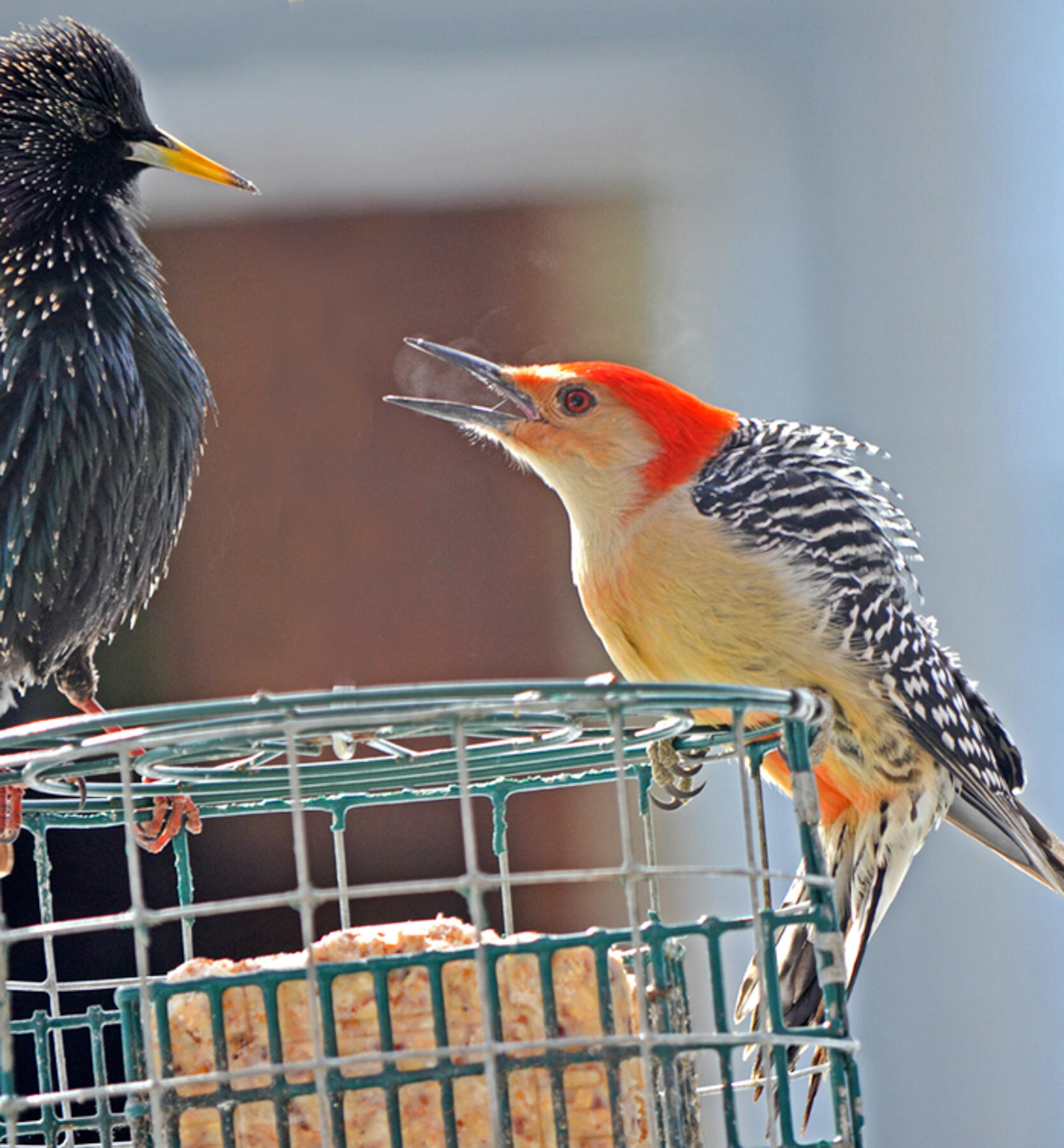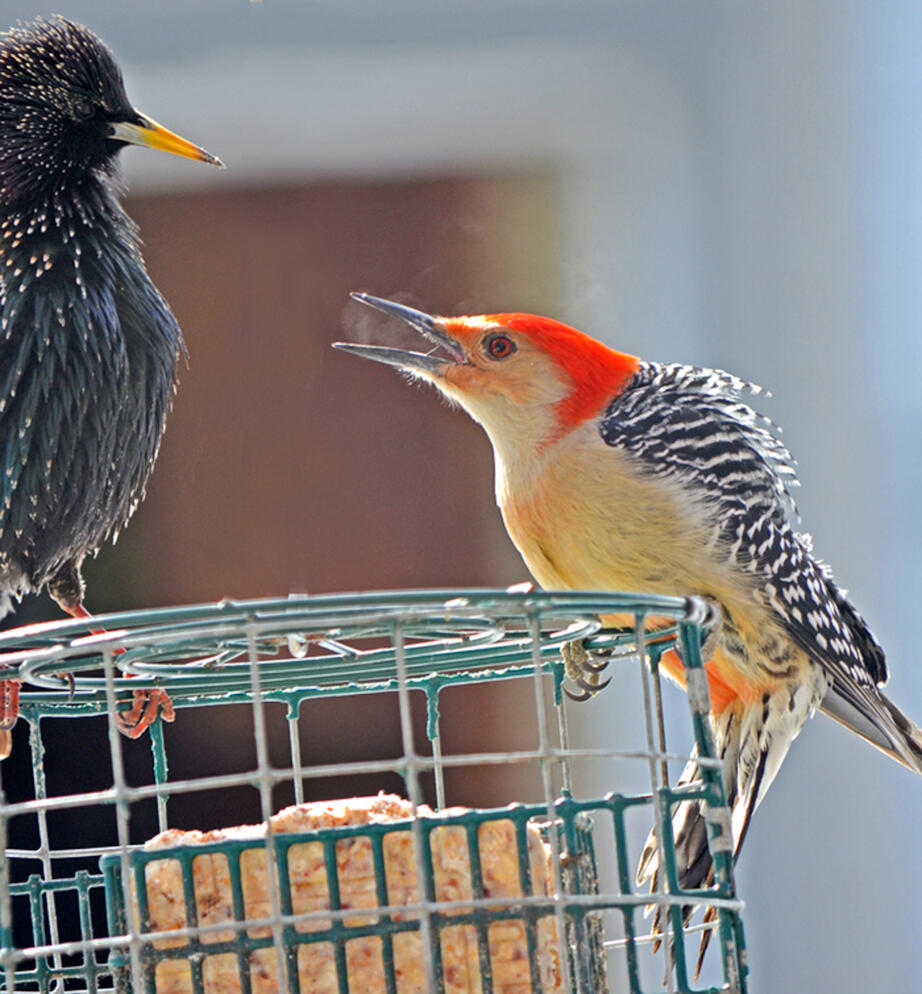Thank you to Rita Pelczar with Better Homes and Gardens for reaching out to Audubon for this timely article and video feature! Suet is such a great way to give birds that extra energy they need to survive in the cold.
From the magazine:
While many birds are attracted to this high-energy food source, certain birds are regular visitors to suet feeders. "Woodpeckers are most frequently seen feeding on suet; downy woodpeckers, hairy woodpeckers, red-bellied woodpeckers, northern flickers, and if you're very lucky, pileated woodpeckers," says Gwendolyn Causer, environmental educator with Audubon Vermont. "You'll also attract insect-loving birds, such as black-capped chickadees, tufted titmice, white-breasted nuthatches, and Carolina wrens," she adds.






